147 Laidley street house was designed and built by the Architect owners, Jim Zack and Lise de Vito, and they now occupy it with their two children. This contemporary single-family residence is located on a typical 25 ft x 100 ft San Francisco infill lot.
This urban house is beautifully executed with just over 3,000 sq ft, three + bedrooms, three bathrooms, and an open plan living floor with dramatic views of the City, the Bay, and the Bay Bridge.
The Laidley Street House by Zack | de Vito:
The Laidley street house is on a steep slope and overlooks the Bay and the City from its many vantage points. The owners, who were both architects and builders, wanted to create a modern urban retreat that was kid-friendly and was built with sustainable materials.
The house’s open plan comprises two side-by-side volumes, each sliding past the smaller and toward the front. The secondary volume is shorter and creates a three-story elevation, which allows air and light to enter the building. This enables the large volume to flow out into the views.
The push/pull system concept creates a hierarchy within the building facades, with the main entry points being covered by various covered areas. Two boxes, one of which is a glass and steel balcony, echo traditional bays. The other is an oversized window seat.
The rear view side of the house is split into two sections: the first has projecting balconies that are capped with a sloping roof, and the second one has steel channels that connect the roof and the balcony to the main stucco volume.
The entry is directly off the street level, and the staircase flows up or down, creating a large, natural light flood throughout the three levels. The floor breaks down the house, and the formal public spaces, such as the kitchen and dining room, are located on the upper floor. This separation allows the floor to open to views and create a multi-functional space.
The living room is separated from the entry by a low cabinet, which creates a more dynamic spatial volume. The primary suite is below this level, and a graphic row of cabinets opens into the room, which makes a long, dramatic space that can be accessed from the yard and deck. Another level down is the kid’s floor, which features a large family room and a bathroom. The yard and patio are accessed from this level, which draws in more light.
The project is an expression of modern craft, using a consistent palette of colors and materials. Throughout the house, various types of wood and structural steel are used to create a visual connection between the different spaces. This is also apparent in the staircase, where water jet-cut aluminum shirkers support the risers and translucent acrylic treads.
The house was built using sustainable principles and was designed to meet the energy efficiency requirements of the building. The panels were constructed using a panelized framing system, delivered and installed offsite, and then craned into place. This method significantly reduced the time it took to build the house.
The house is constructed with various materials, such as high fly ash concrete, engineered wood, and blown-in cellulose insulation. A photo voltaic system is also used to provide almost 100% of the electricity needed for the house. The solar hot water panels and the photo voltaic system can reduce the heating loads of the house.
Like what you’re reading? Subscribe to our top stories.





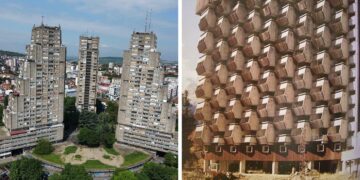
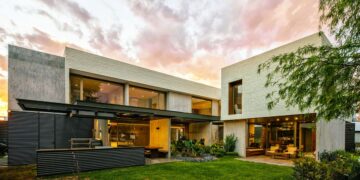
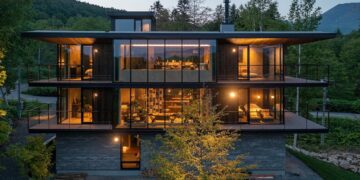
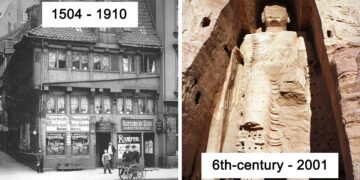







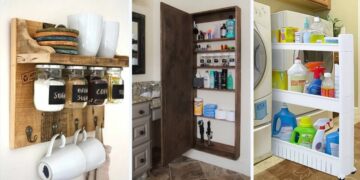
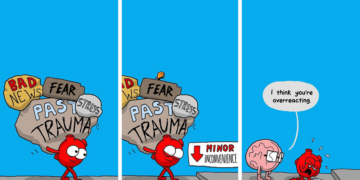



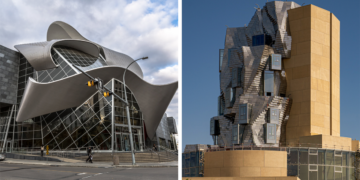
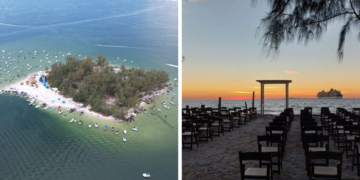
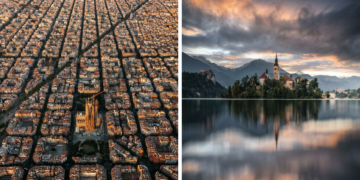



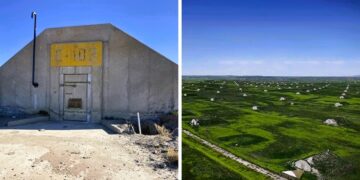



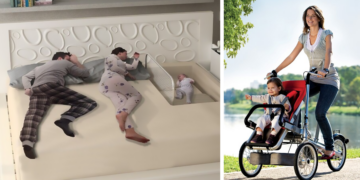



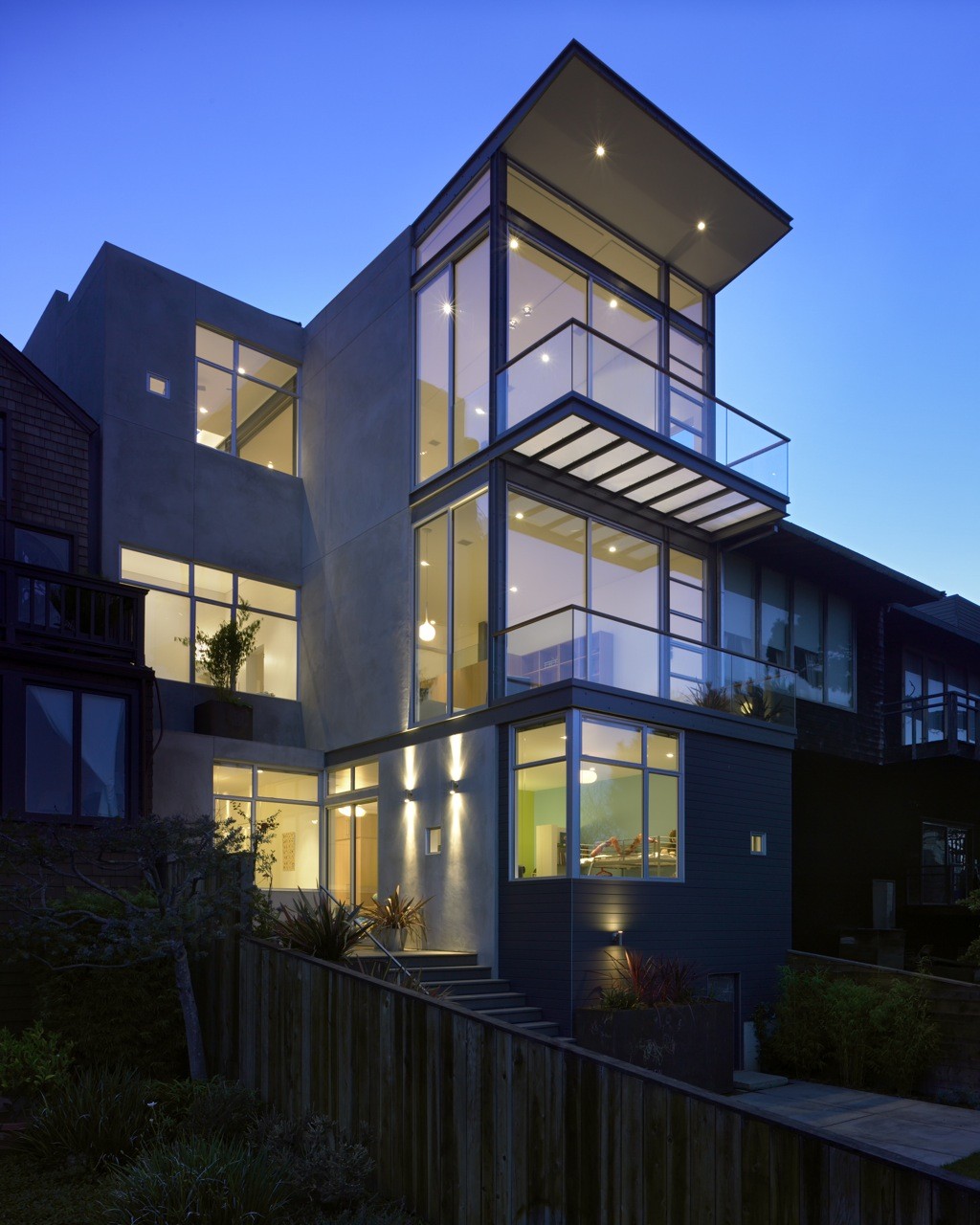
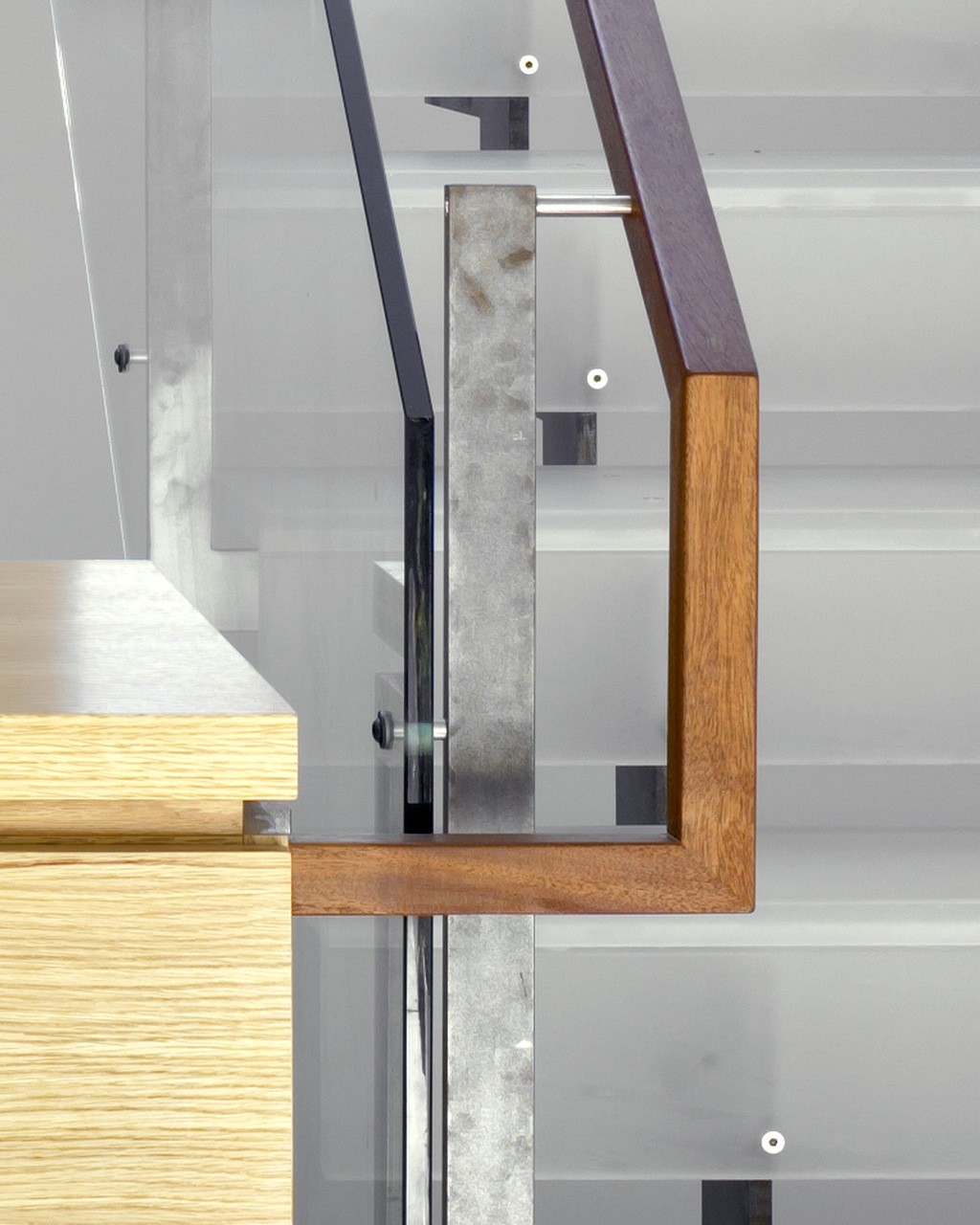
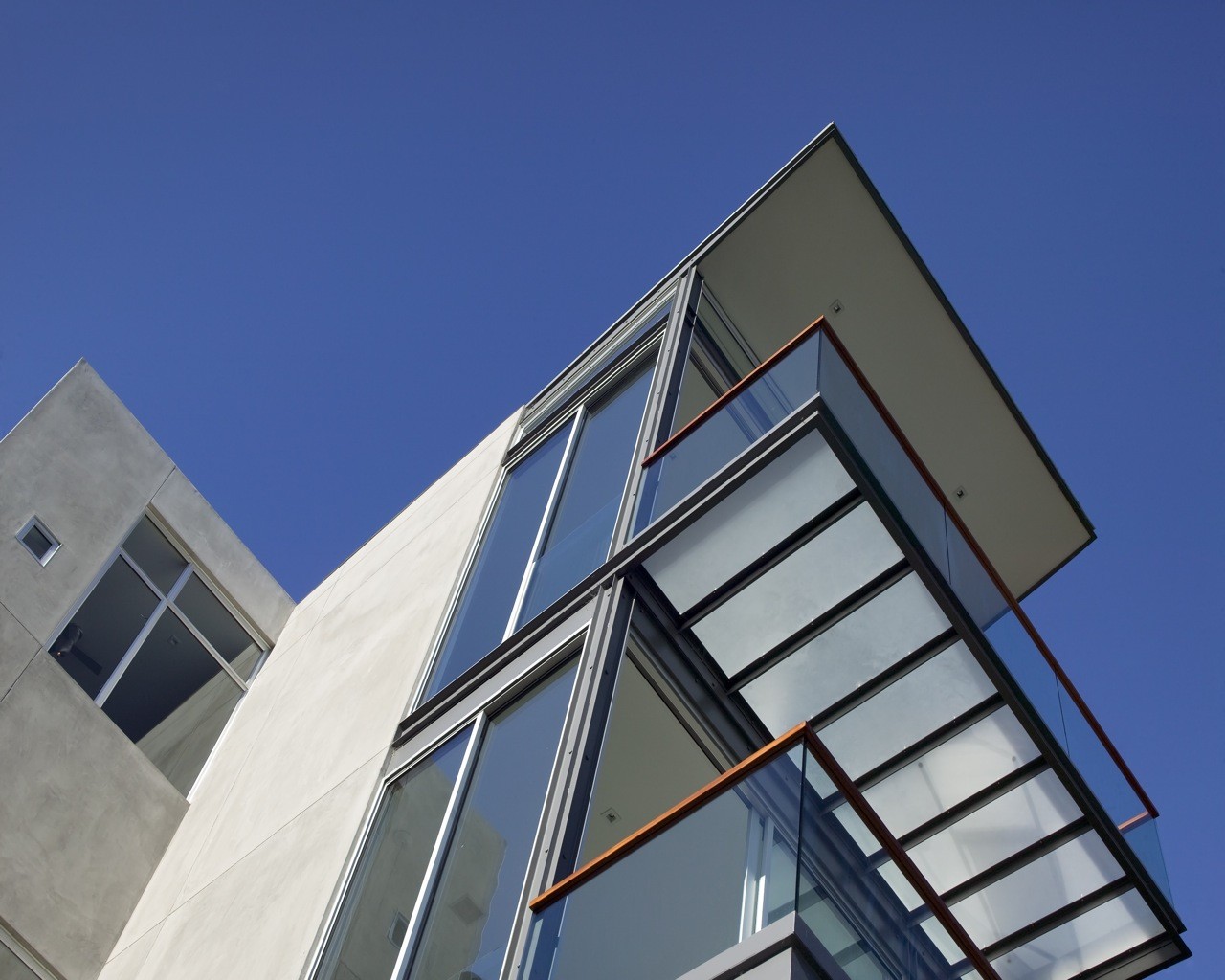
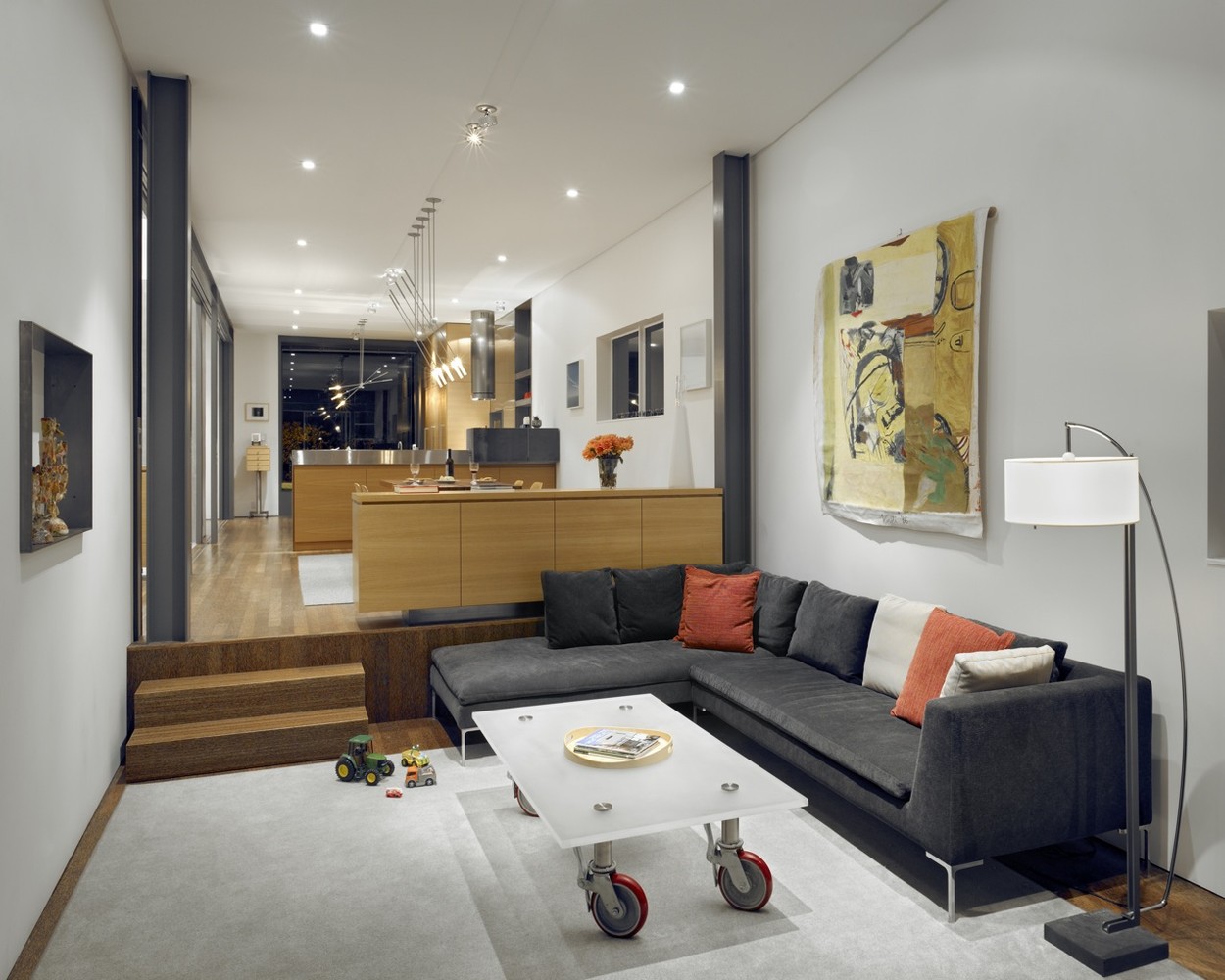
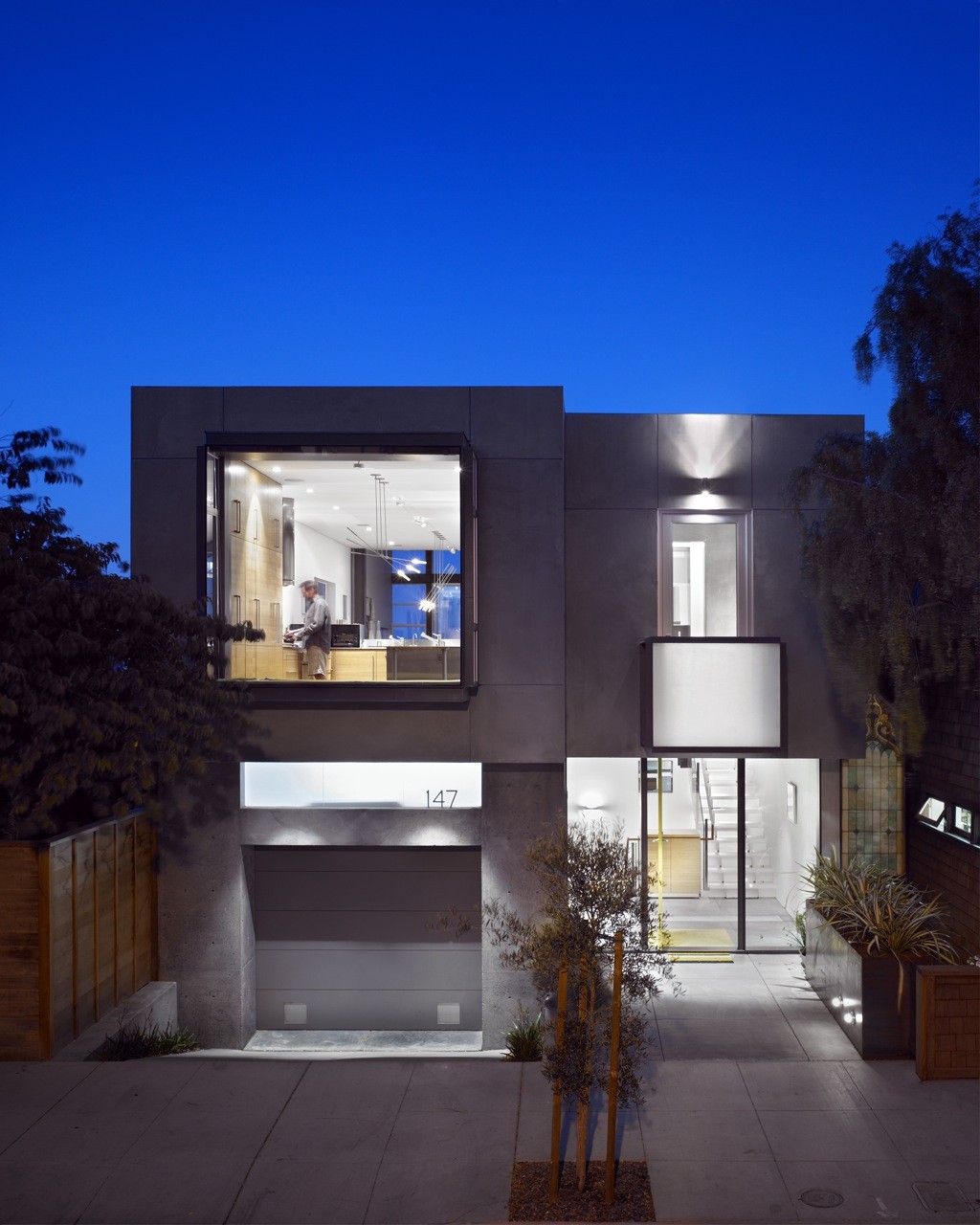
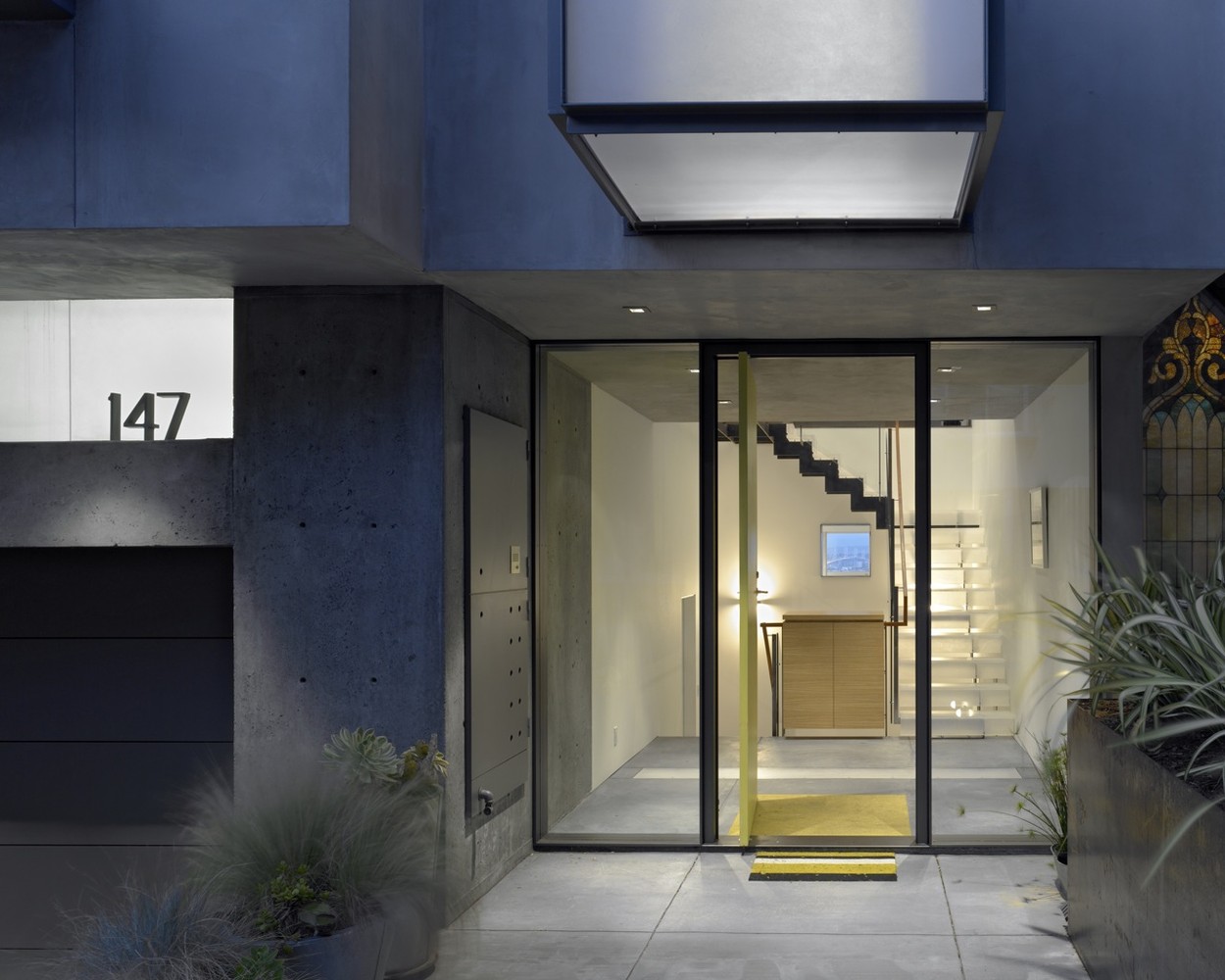
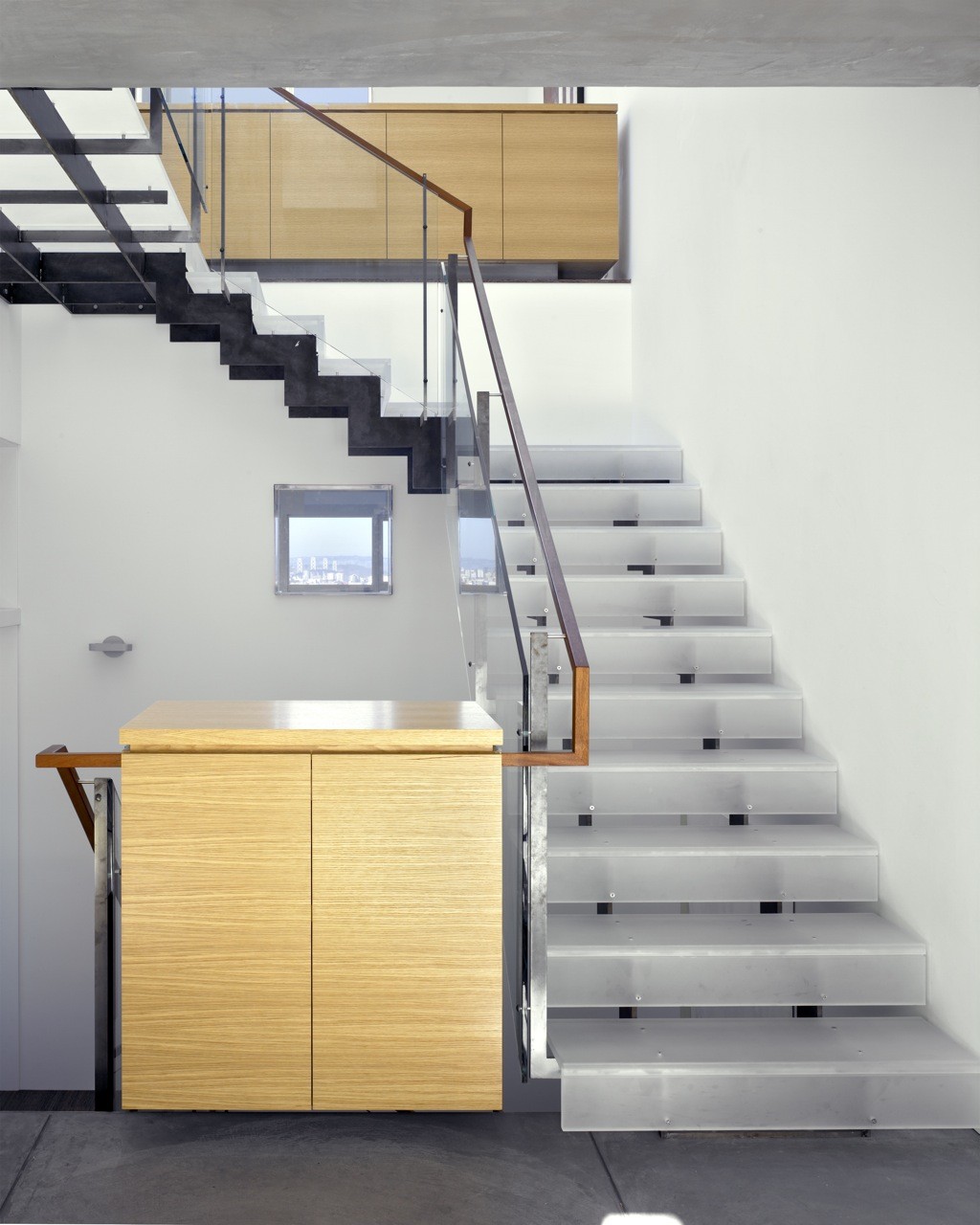
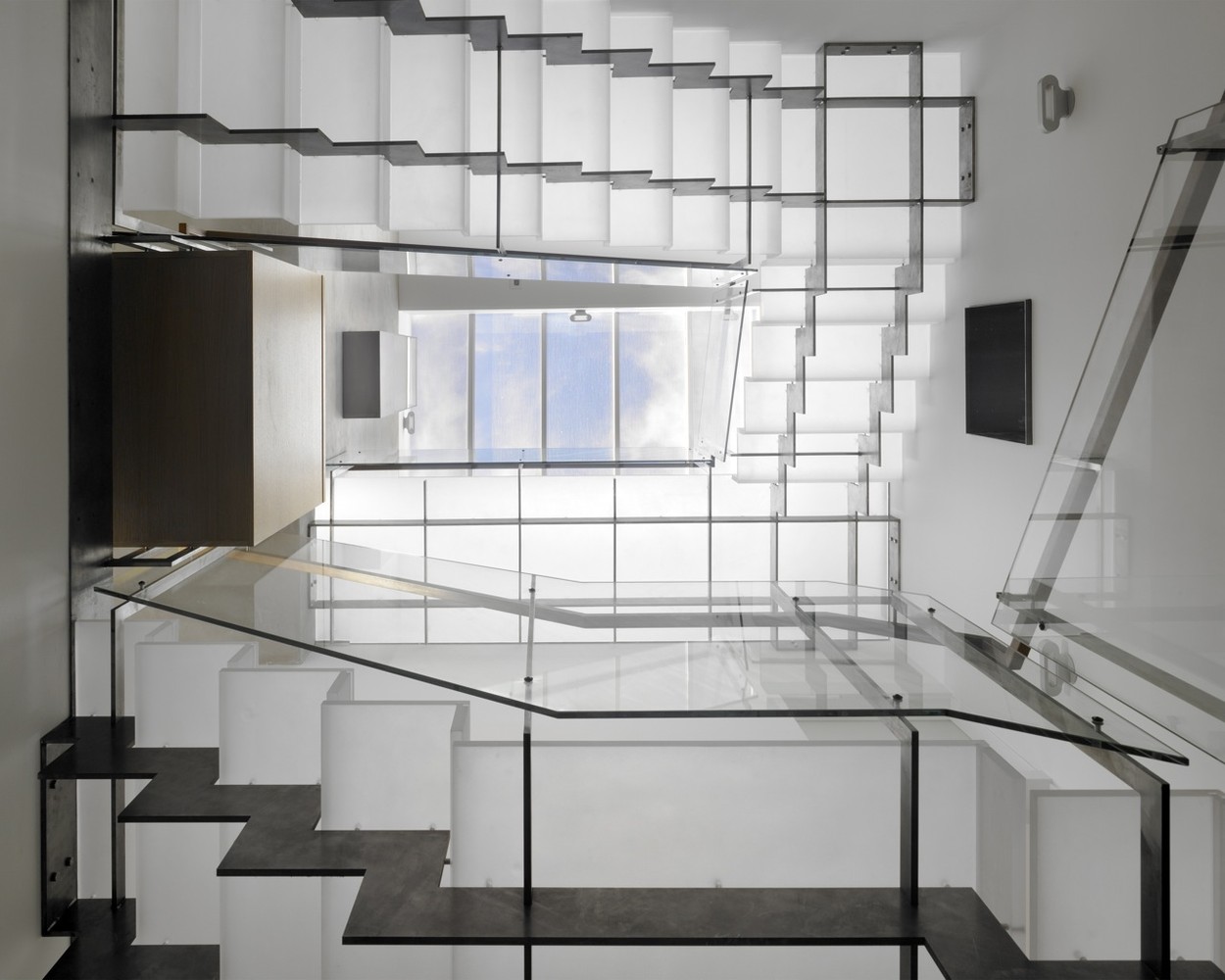
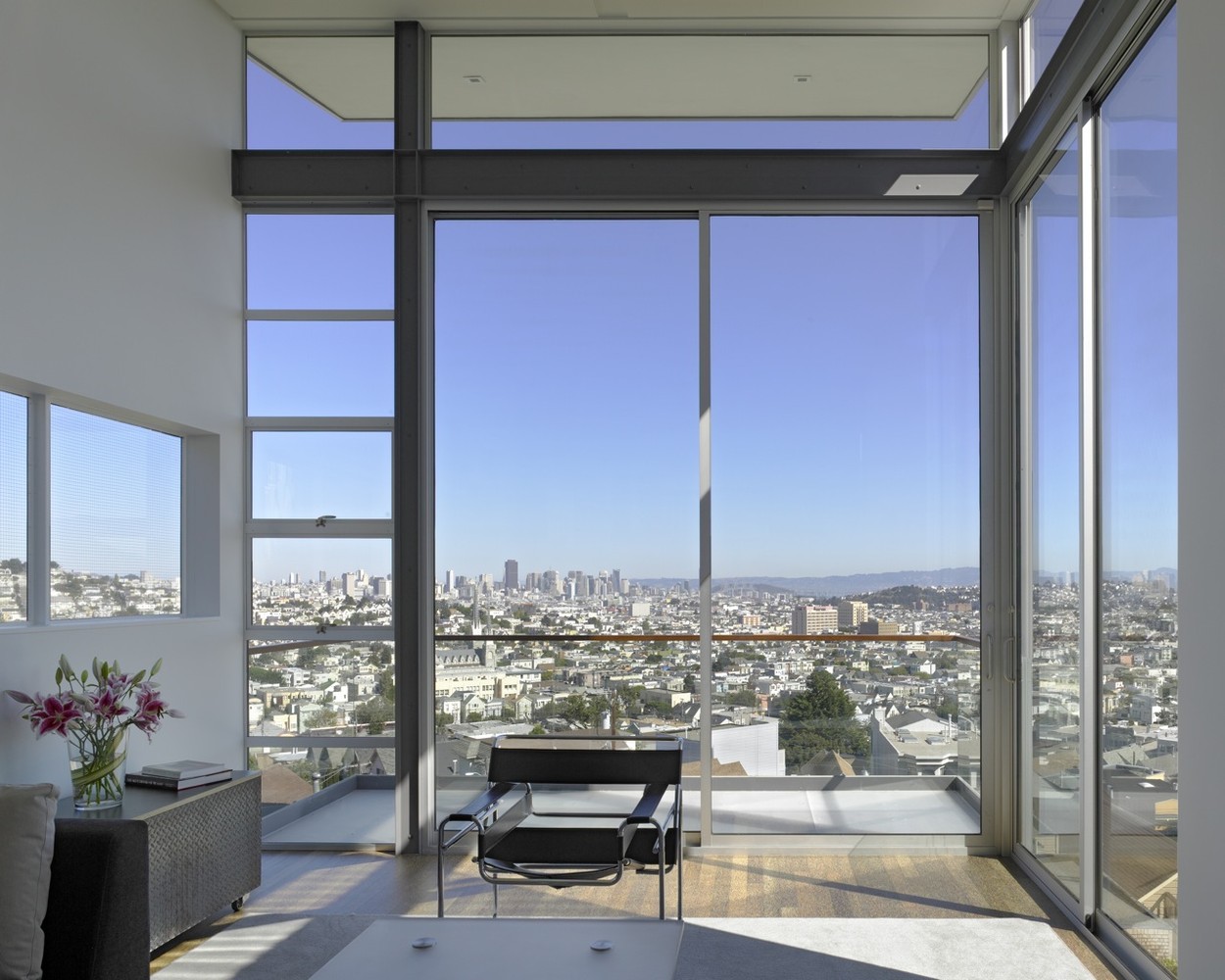
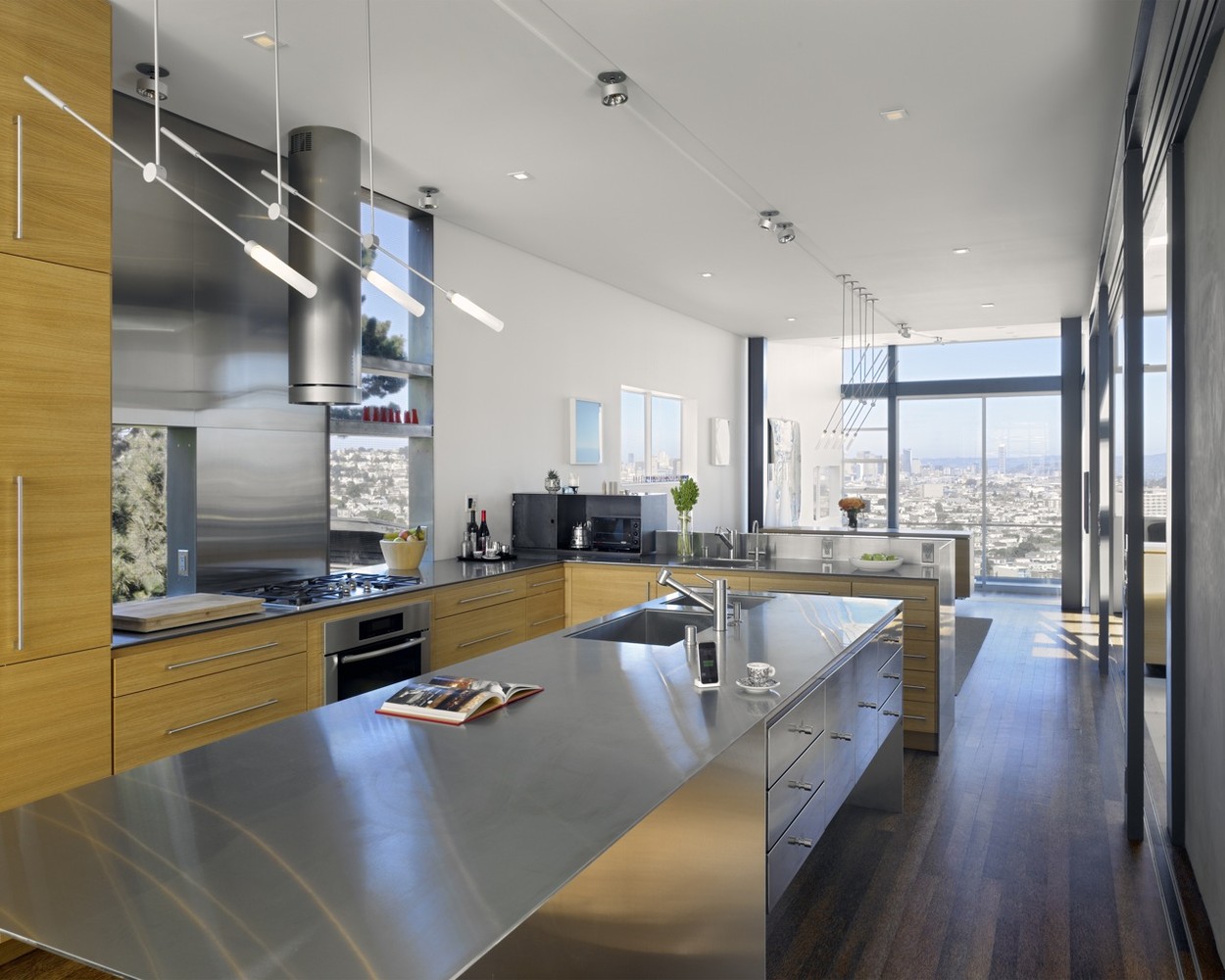
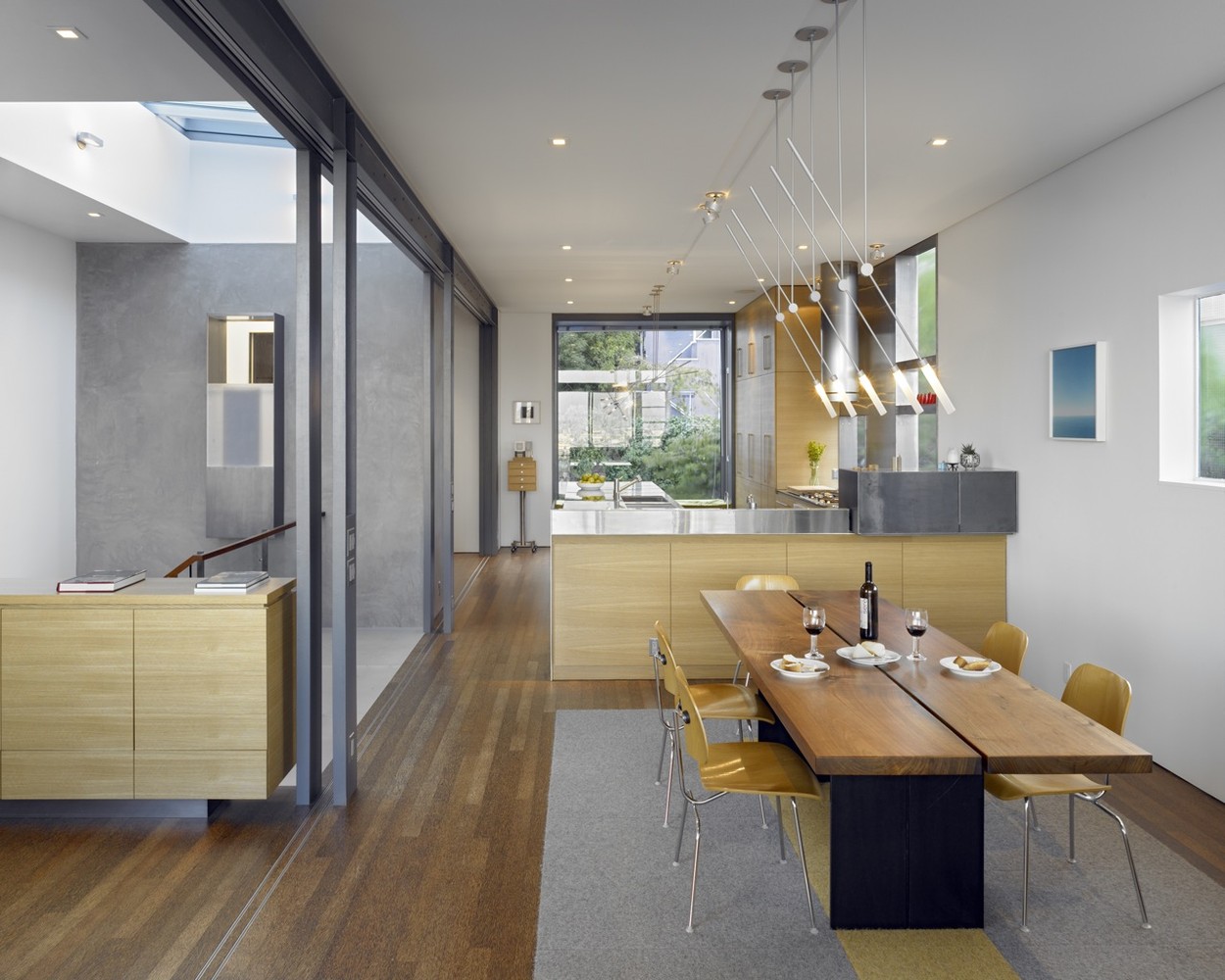
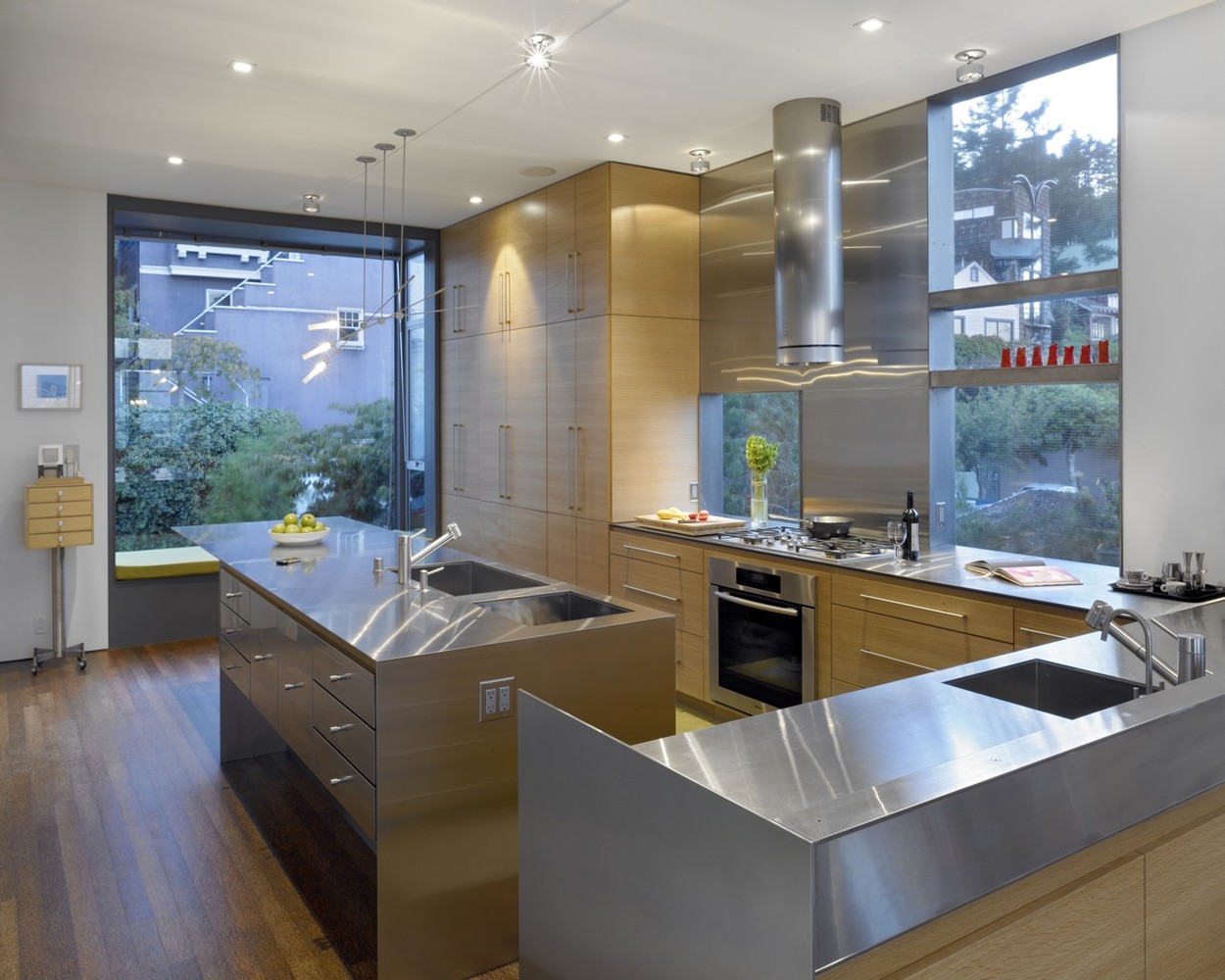
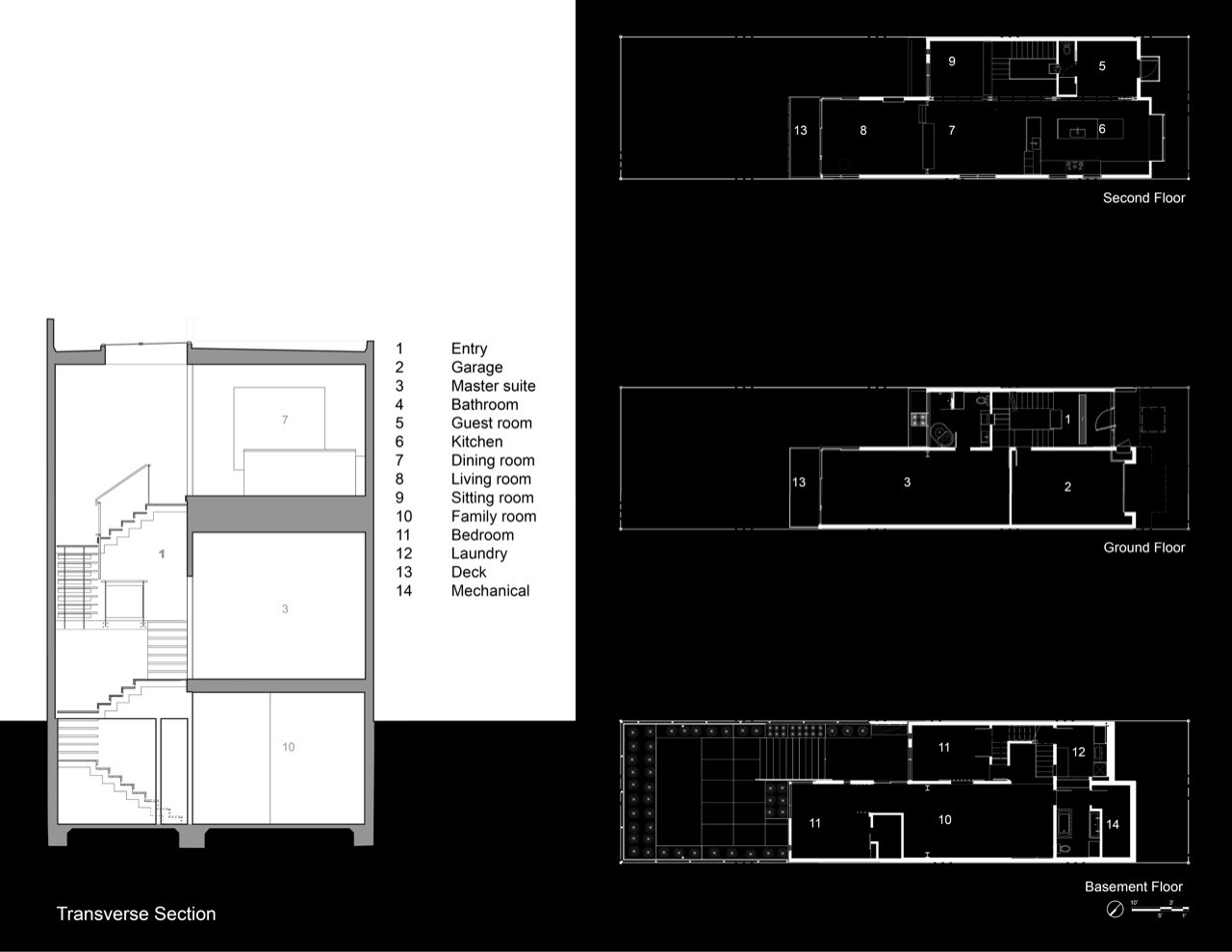
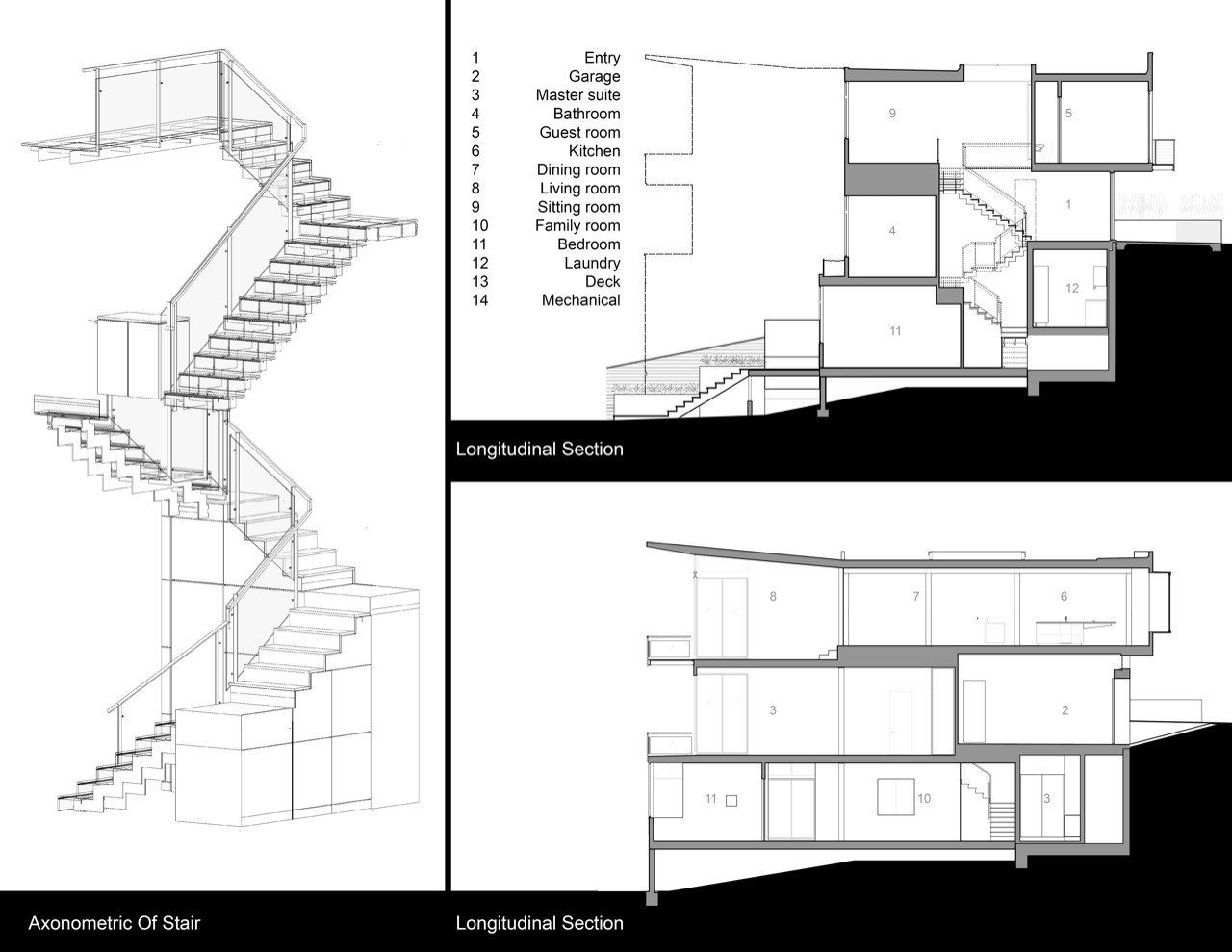
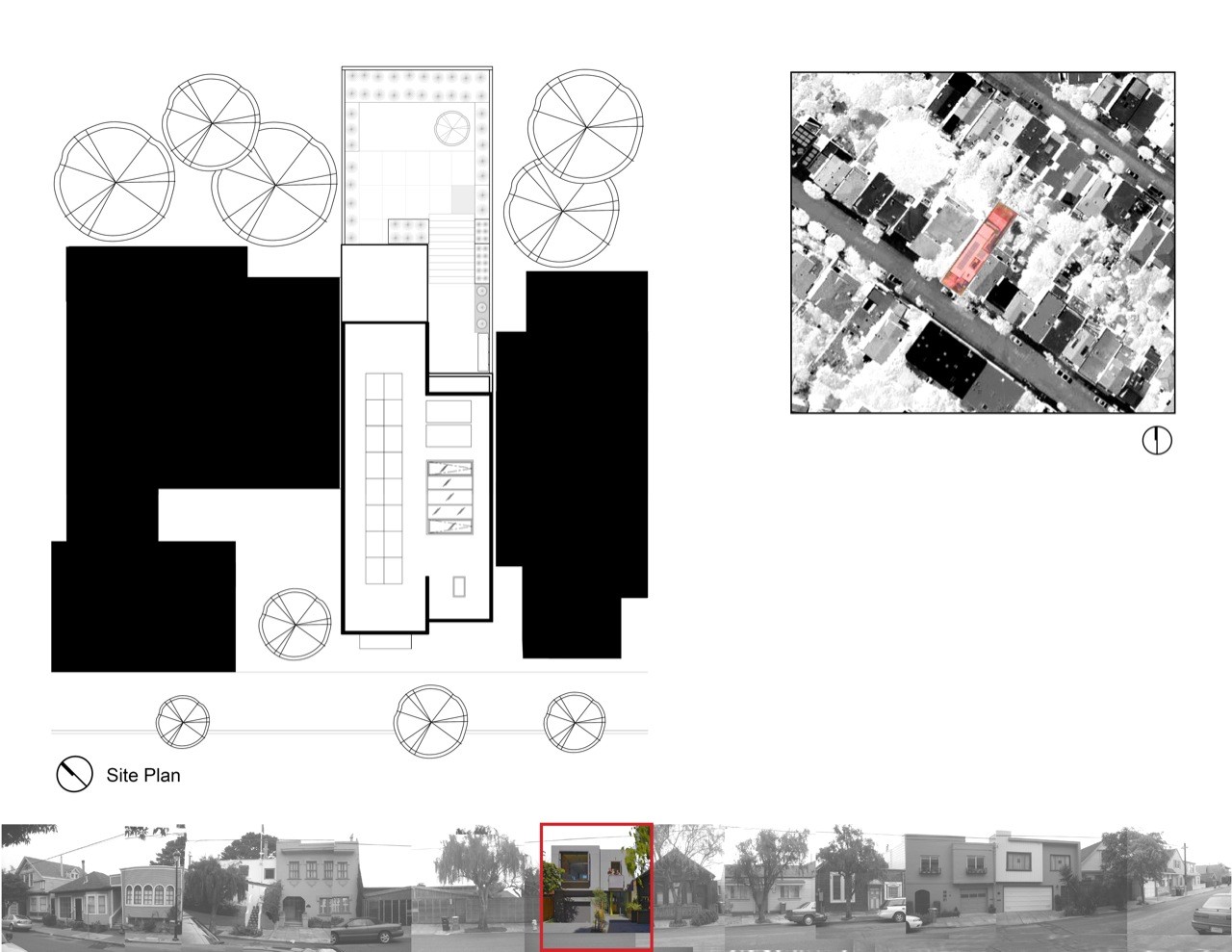








Discussion about this post